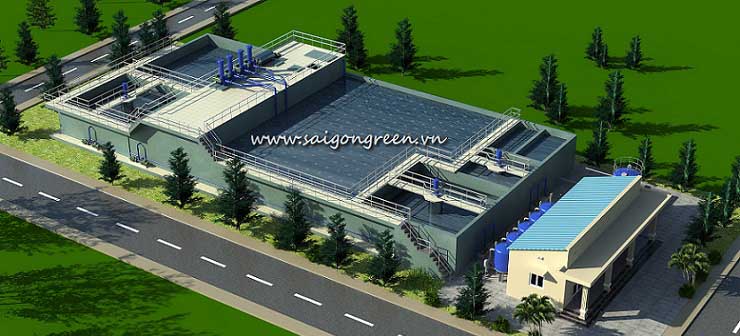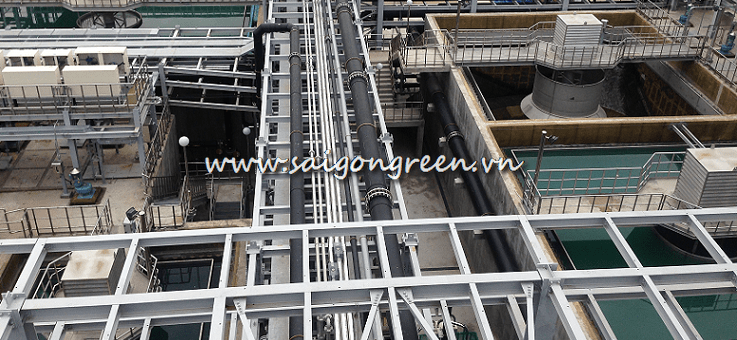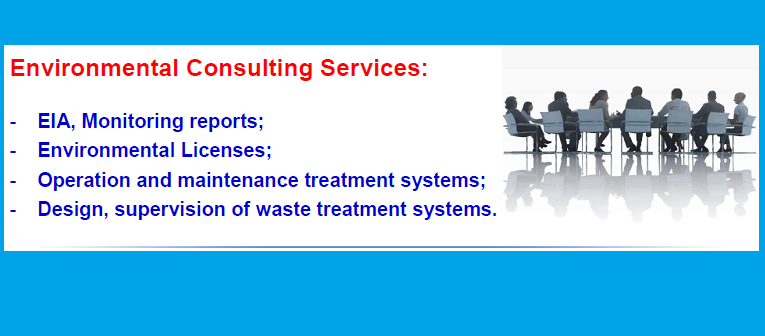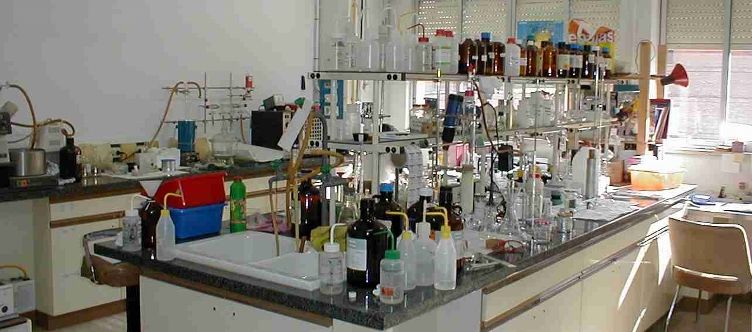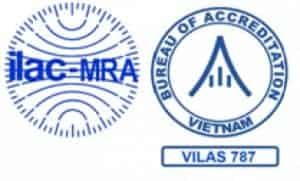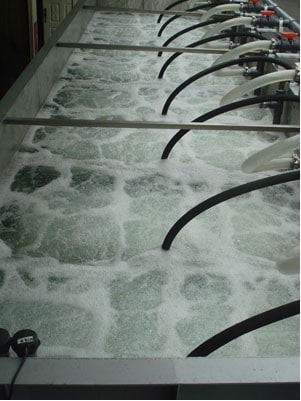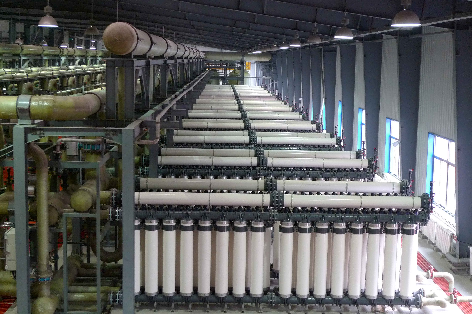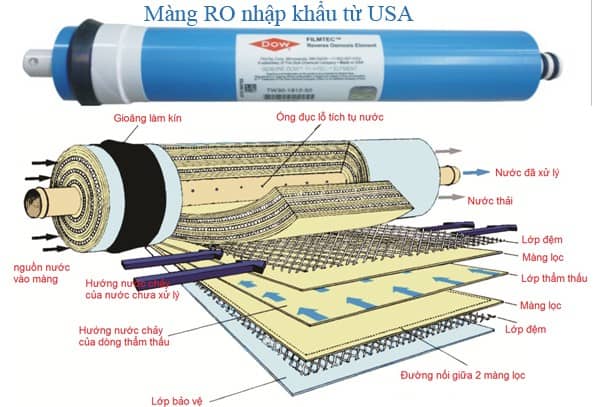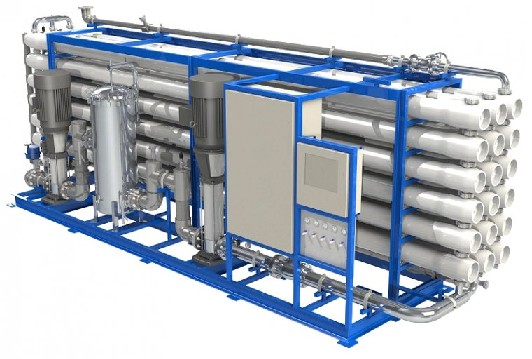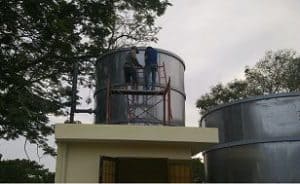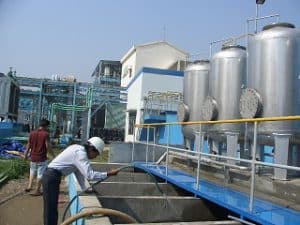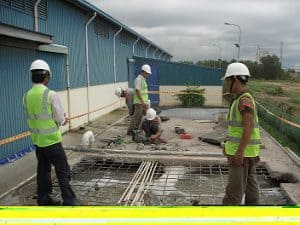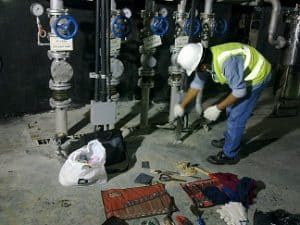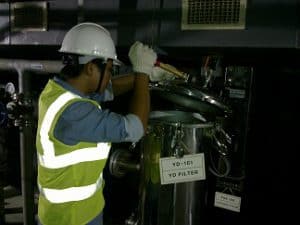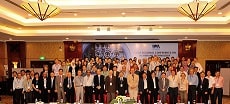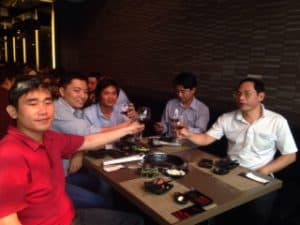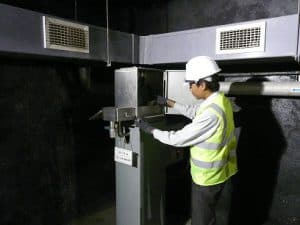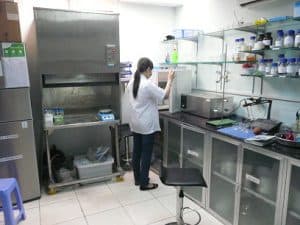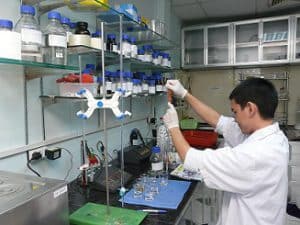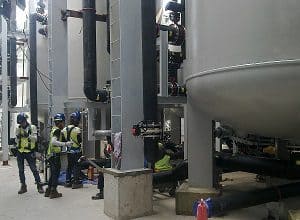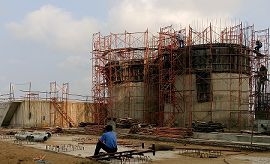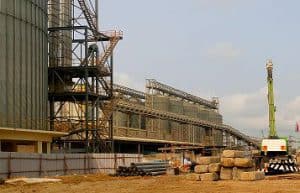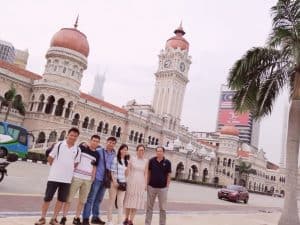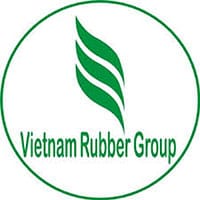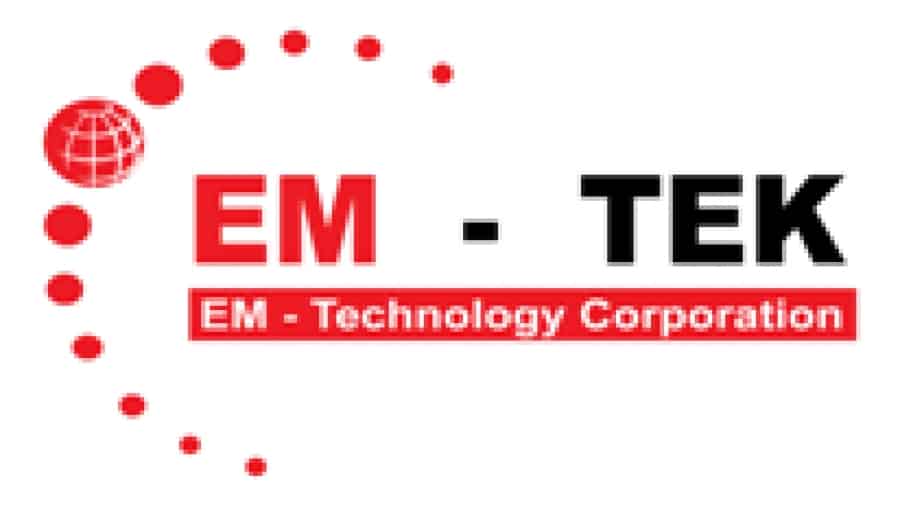Water Reuse
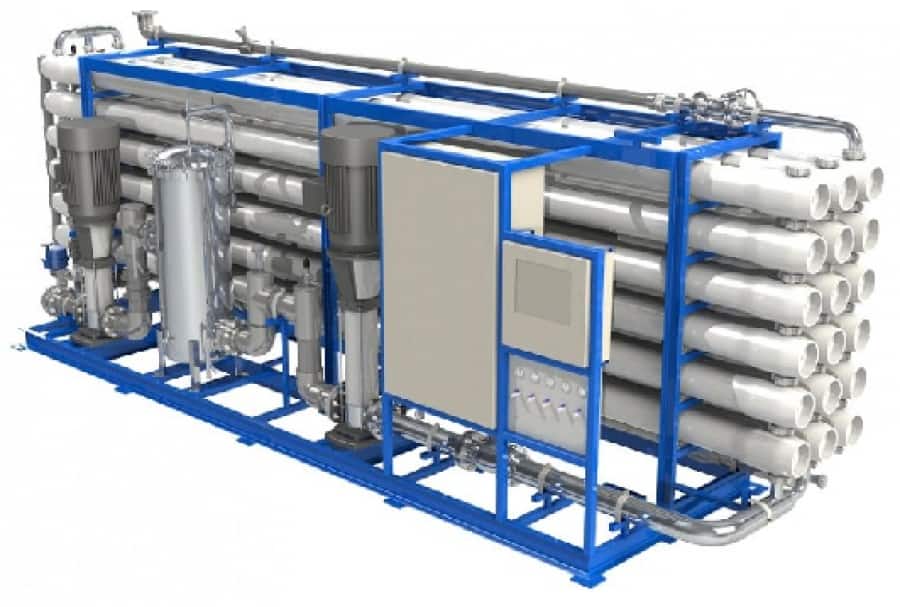
Currently, wastewater reuse has been a number of large enterprise application concerned. The amount of water reused companies accounted for 60-90% of the total volume of wastewater, helping companies save a huge amount of clean water each day. This water reuse is applied for multi-purposes, such as flush toilets, wash factories, street cleaning or high purpose is living and drinking.
There are many different ways to handle wastewater reuse: using chemical and physical methods, biology and mechanics. Saigon EnviGreen with experienced staff team, the application of science and technology itself most advanced in the world today, it is the use of fibrous membrane module (MF membrane (MBR ), UF and RO), forming a closed processing cycle after another.
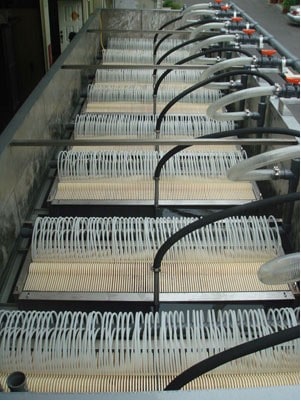
Membrane MBR technology in wastewater treatment technology combines microfiltration membrane (MF membrane) technology and conventional activated sludge. This technology uses submerged membranes instead of biological sludge settling tanks and traditional filters. Size of MBR membrane pore 0.1 – 0.2μm (see MBR wastewater treatment).

Treatment technology using membrane UF (Ultrafiltration), also known as hollow fiber ultrafiltration membrane, white color, allowing the filtered water from the outside into the inside by the pressure by pumps, as we covered one end of the tube or tube-shaped bend (U). Under pump pressure, water will flow through permeability the size range of membrane 0.1 ~ 0.001 microns.
With this size, UF membranes can purify the impurities of small size, metal hydroxide, colloids, emulsions, suspended solids, and most large molecules from water. The molecules have larger sizes as the kind of impurities trapped and vented emissions. Through all the steps from the most stringent filtration filter, filtration and ultrafiltration membranes grade UF gave a clean water source, ensuring satisfactory for reuse purposes: irrigation, flush toilets, wash buildings, internal roads wash …
Besides methods using UF membrane (MBR) and UF membranes, if desired processing wastewater reuse to a higher level, such as reach QCVN 01 or 02 : 2009 / BYT for drinking water as required additional processing through RO membrane filtration levels (Reserve Osmosis). Water tends to move into the soluble solution of high concentration. Osmosis is the process that occurs between the two solutions, are separated by a semi-permeable membrane and either high concentration solution tends to balance them so water moves from low concentrations solution to solution having higher concentration makes equilibrium solubility ratio solvent. When reverse osmosis, pressure is applied to keep the water from moving into high concentration solution. When water is pushed into a solution having a lower concentration and passes through a perforated membrane, the solute is separated from the solution and only pure water passes through a semi-permeable membrane is.
Mechanism of RO operation on the movement of water molecules through the compression pressure of high-pressure pumps generate a strong flow (this could be called the dissociation in the water flow in a normal environment through pressure) push the chemical composition, the metal impurities in the water … There are strong movements springing up areas low pressure or drift downstream along the exhaust out. Meanwhile, the water molecules pass through the eye filter size 0.0001 micron size by excessive pressure, with eyes the size of this filter is most metallic chemical element, viruses, bacteria can not get through (effectively reducing contaminants, viruses, bacteria can be up to 99.9%).

